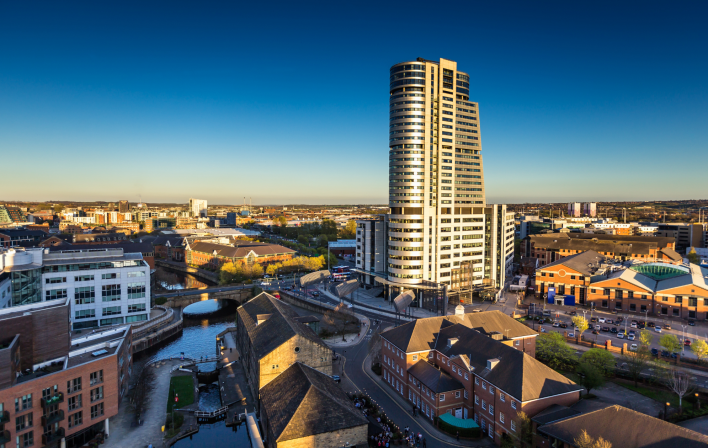Attract the best with killer employer branding
In today’s shrinking labour market where skills shortages are becoming a real problem for UK businesses, there are a few things you can do to improve your chances of attracting the best talent. One of those is differentiating yourself from the competition by creating stand-out employer branding that people seek out and want to work for. When employer brand and potential employee brand collide, that is when the true magic happens.
What is employer branding?
Employer brand is the market perception of what it’s like to work for an organisation. In other words, it’s the image that your prospective, current and past employees have in their minds about the employment experience at your company. In a world flooded with social media and online review sites, employer brands are being put under scrutiny more than ever before.
Why is employer branding important?
Today’s job market has evolved from one where candidates had to proactively seek out opportunities, to a more passive market where candidates can afford to be choosy in where they work and are often headhunted for a role while not actively looking. According to Glassdoor, 69% of candidates would not take a job with a company that had a bad reputation, even if they were unemployed. LinkedIn’s Talent Brand Index measures the impact a strong employer brand has with some stark results.
From insignificant to talent magnet
That’s all very well and good, but how do you go about creating a talent brand that packs a punch when it comes to hiring and retention?
Build and protect – Decide what makes your company great and engage with your employees to build a culture built around people and values.
Actively promote benefits – Make sure employees are aware of all the great benefits you offer. From training to free snacks, however insignificant you think it might be, it’s still a benefit that should be highlighted.
Gain employee buy-in – Actively involve your employees in your recruitment efforts, for example, through employee referral schemes. They are likely to know a lot of other likeminded people, with similar values.
Share your culture and be proud – Once you have created a culture that everyone is proud of, talk about it – everywhere. Use a social media hashtag that communicates what is unique about your business and encourage your team to share regular updates.
Employer branding meets personal branding
So you believe that you’ve cultivated a great name for your business and are actively promoting your brand values and the fact that you’re hiring? So why aren’t applications from exceptionally qualified candidates flooding in? The answer is likely to be that they just aren’t looking. Just as employer brand is essential to businesses, every individual, whether consciously or not, now has a personal brand. That brand is a result of the subjects a person talks or writes about, their interests, social connections, posts they choose to share or comment on, events they’re associated with and much more. The more senior the person, often the more strategic and cultivated the personal brand becomes, with more thought as to how they want to be perceived to the outside world.
So in today’s jobs market, is having a great employer brand enough? The answer is no. The best talent can afford to be choosy. They want to work for a business that aligns with their personal brand and future career aspirations. According to Forbes, hiring based on shared values and cultural beliefs leads to winning results.
Reputations matter
Business is built on reputations. Selling your brand and business vision in a way that aligns with the ideal candidate’s personal brand is complex, and not something that can be done through a standard in-house recruitment process. Working with a search partner who shares your strong values and who acts as an ambassador for your employer brand, actively promoting you to the best candidates within your industry, could make the difference between finding the best people who will stay with your business for the long haul, and making a costly hiring mistake.




